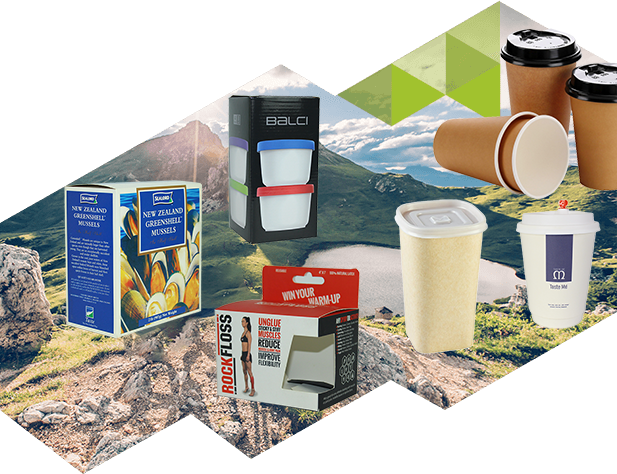II Material selection for coffee cups
A. Types and characteristics of disposable paper cups
1. Selection criteria for paper cup materials
Environmental friendliness. Choose biodegradable or recyclable materials to reduce negative environmental impacts.
Security. The materials must meet food safety standards and will not release harmful substances.
Temperature resistance. Be able to withstand the high temperature of hot drinks and avoid deformation or leakage.
Cost effectiveness. The price of materials should be reasonable. And in the production process, it is necessary to have good performance and efficiency.
Printing quality. The surface of the material should be suitable for printing to ensure printing quality and effectiveness.
2. Classification and Comparison of Paper Materials
a. PE coated paper cup
PE coated paper cups are usually composed of two layers of paper material, with an outer layer covered with polyethylene (PE) film. PE coating provides good waterproof performance. This makes the paper cup less susceptible to water penetration, resulting in deformation or delamination of the cup.
b. PLA coated paper cup
PLA coated paper cups are paper cups covered with polylactic acid (PLA) film. PLA is a biodegradable material. It can be rapidly decomposed into carbon dioxide and water through the action of microorganisms. PLA coated paper cups have good waterproof performance and meet environmental requirements. Therefore, it has been widely used in the market.
c. Other sustainable material paper cups
In addition to PE and PLA coated paper cups, there are also other sustainable materials used in paper cup manufacturing. For example, bamboo pulp paper cups and straw paper cups. This cups use bamboo as the raw material. It has good biodegradability and environmental friendliness. Straw paper cups are made from discarded straw. This can reduce resource waste and also solve the problem of waste disposal.
3. Factors affecting material selection
Environmental requirements. Choosing biodegradable or recyclable materials meets market demand. And this can enhance the environmental image of the enterprise.
Actual usage. Different scenarios have different requirements for paper cups. For example, outdoor activities may require more durable materials. The office may be more concerned with environmental factors.
Cost considerations. The production costs and market prices of different materials vary. It is necessary to comprehensively consider material properties and cost-effectiveness.
B. The advantages of customizing sustainable paper cups
1. Enhancement of environmental awareness
Customized sustainable paper cups shows positive actions of enterprises towards environmental issues. Using biodegradable or recyclable materials to make paper cups can reduce the impact of plastic waste on the environment. At the same time, this also meets consumers' demand for sustainable development products.
2. Selection of sustainable materials
Customized paper cups can also choose more environmentally friendly materials. For example, PLA coated paper cups, bamboo pulp paper cups, etc. These materials have good degradability. Using them can effectively reduce environmental pollution. They've met the requirements of energy conservation and emission reduction in material selection.
3. Products that meet consumer needs
Customized sustainable development paper cups can meet consumers' needs for health, environmental protection, and personalized customization. The paper cup can be printed with a company logo, slogan, or personalized design. This increases the added value of the paper cup. And it can attract more consumers' attention and love.




